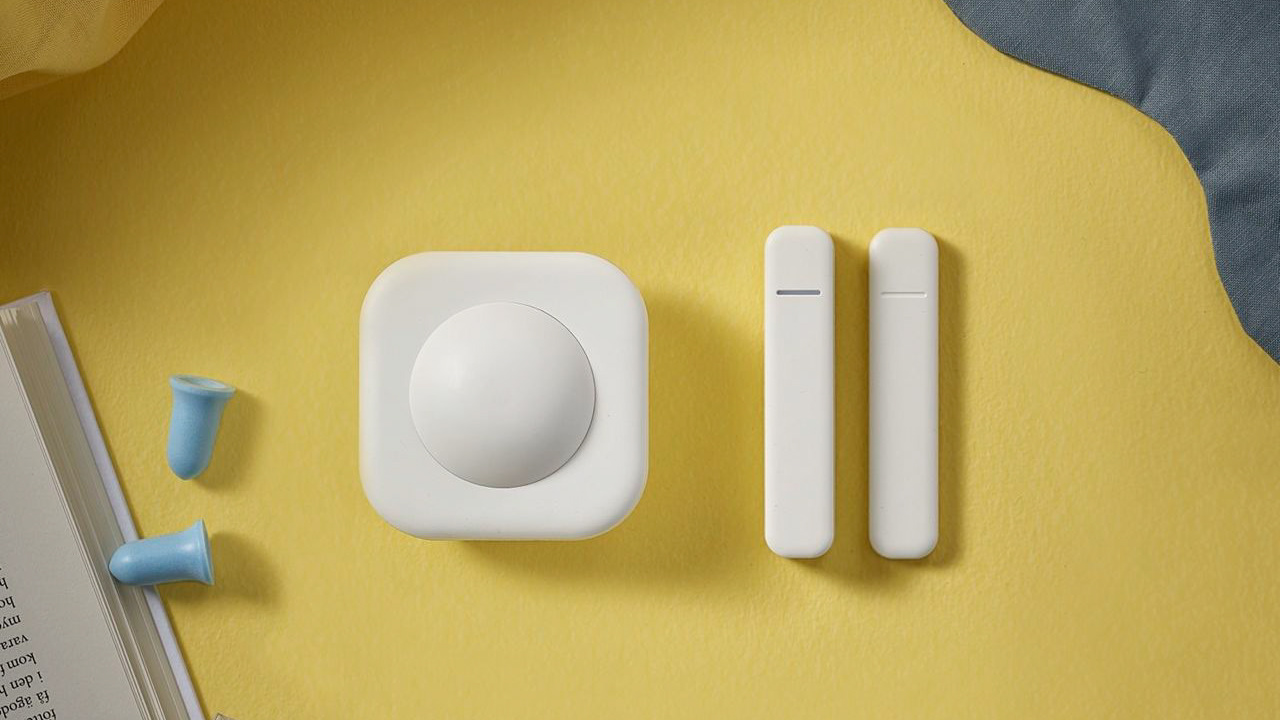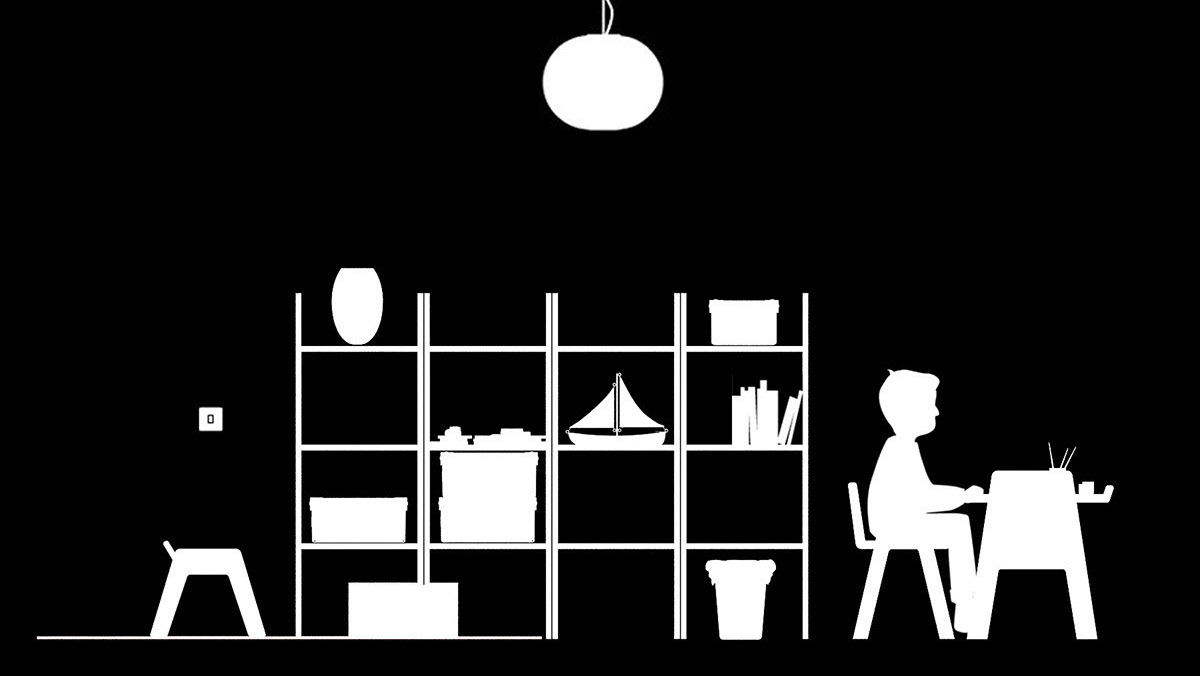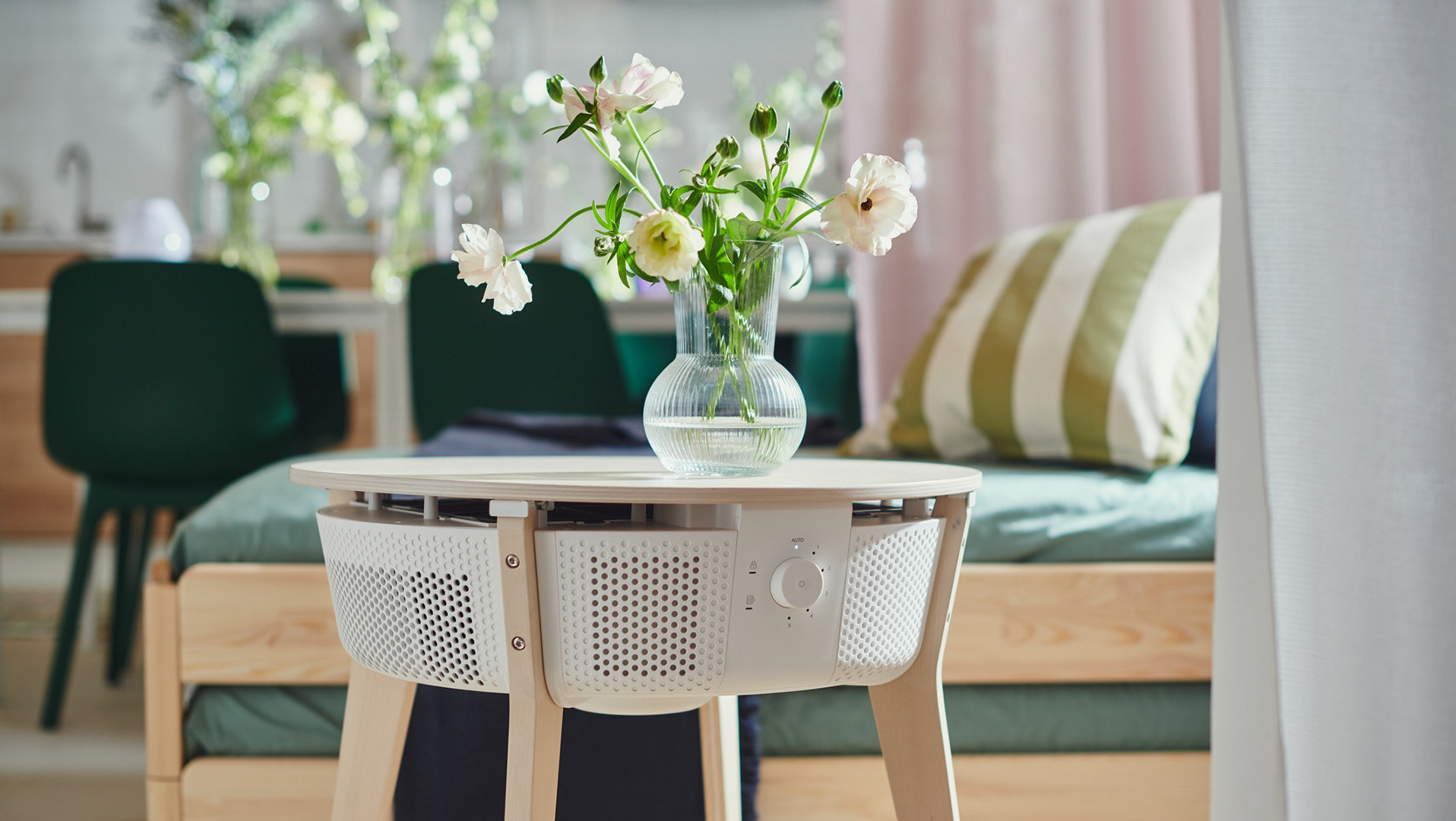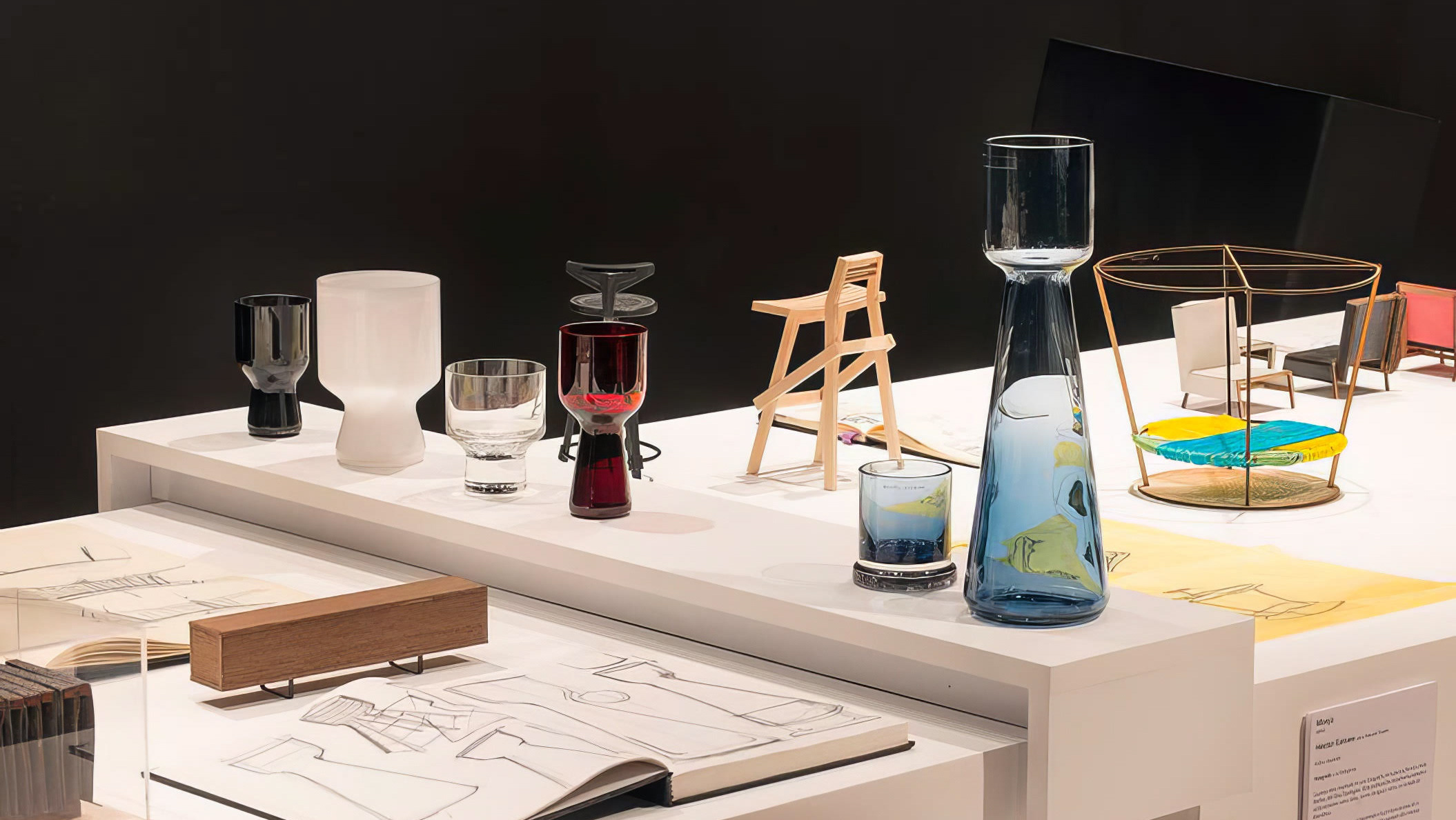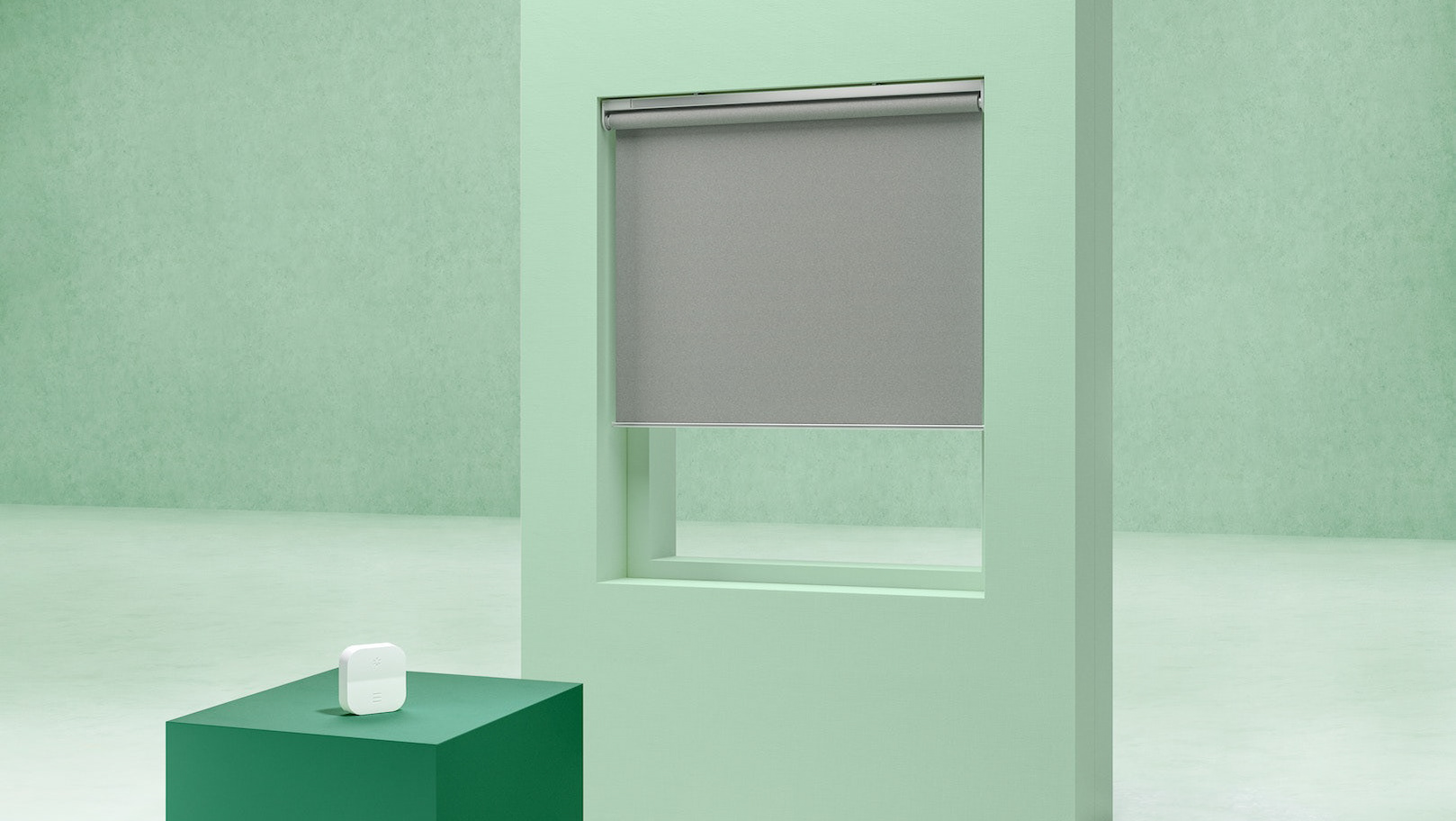THE PURPOSE
Flowing Somen is called "Nagashi Somen" in Japanese, which is an eating custom enjoyed at the "Golden Week Holidays" in Japan. Somen is a Japanese noodle made of wheat flour and salts, which is very thin and white. The noodles are placed in a long flume of bamboo, which carries clear, ice-cold water. As the Somen pass by, diners pluck them out with their chopsticks and dip them in Tsuyu (a light flavored dipping sauce). As you may see, catching the noodles requires a fair amount of dexterity and can be a lot of fun.
When living in Japan, I was invited to try Nagashi Somen with a group of people I had never met before. We gathered around the bamboo to "catch" our food. It was such a fun experience! We moved around the space eating and striking up conversation with one another. I noticed that the absence of a table created many opportunities for people to connect, but talking while carrying bowls with food was challenging. In that moment, I decided to create a product that could improve this experience.
Nagashi Somen food experience, Takaoka, Japan - 2010
THE DESIGN
I started the design process by conducting research on traditional Japanese arts and crafts and high tech companies through fieldwork, including visits to companies, studios and workshops located in Toyama, Tokyo, Kyoto, Naoshima, Inami, Gokayama and Takayama.
Japanese lacquer, or urushi, is a transformative and highly prized material that has been refined for over 7000 years. The varnish used in Japanese lacquer is made from the sap of the urushi tree, also known as the lacquer tree or the Japanese varnish tree (Rhus vernacifera), which mainly grows in Japan and China, as well as Southeast Asia. Japanese lacquer, 漆 urushi, is made from the sap of the lacquer tree.
Once applied on an object, lacquer is dried under very precise conditions: a temperature between 25 and 30°C and a humidity level between 75 and 80%. Its harvesting and highly technical processing make urushi an expensive raw material applied in exceptionally fine successive layers, on objects such as bowls or boxes.

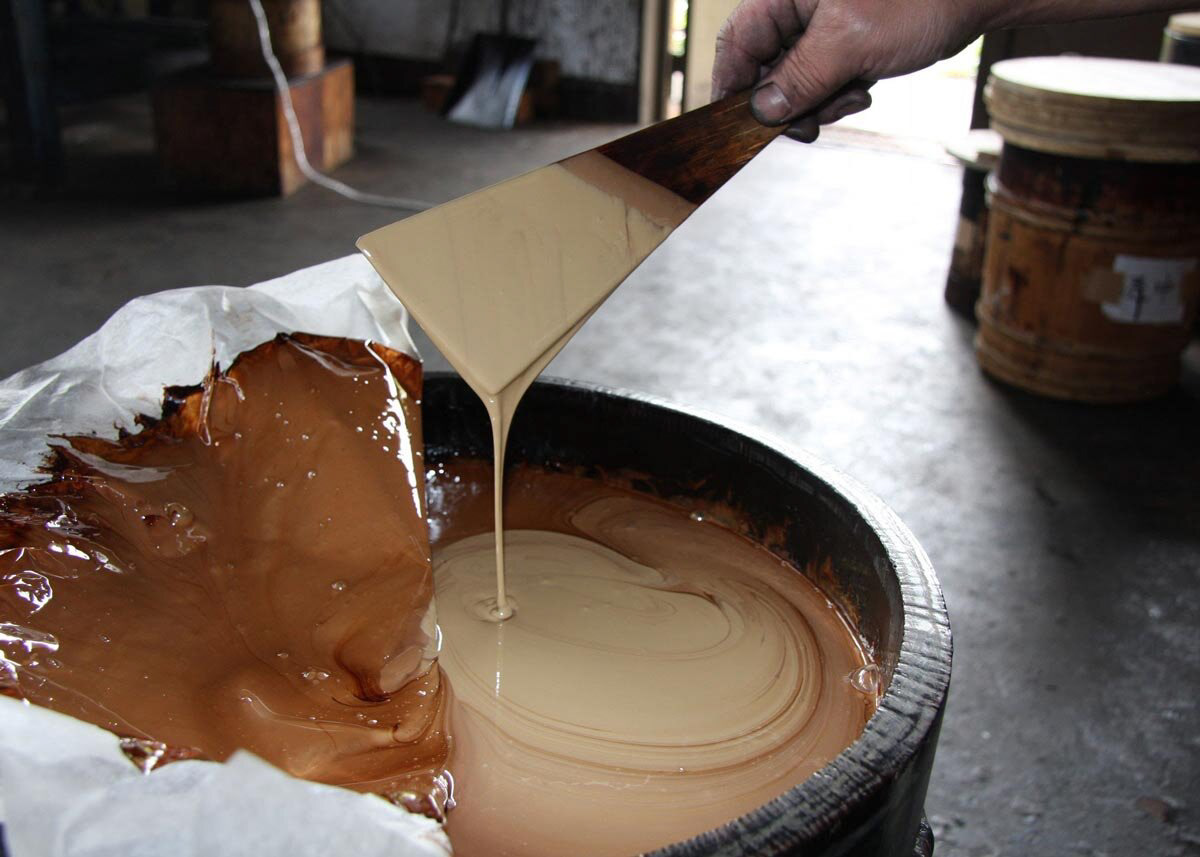
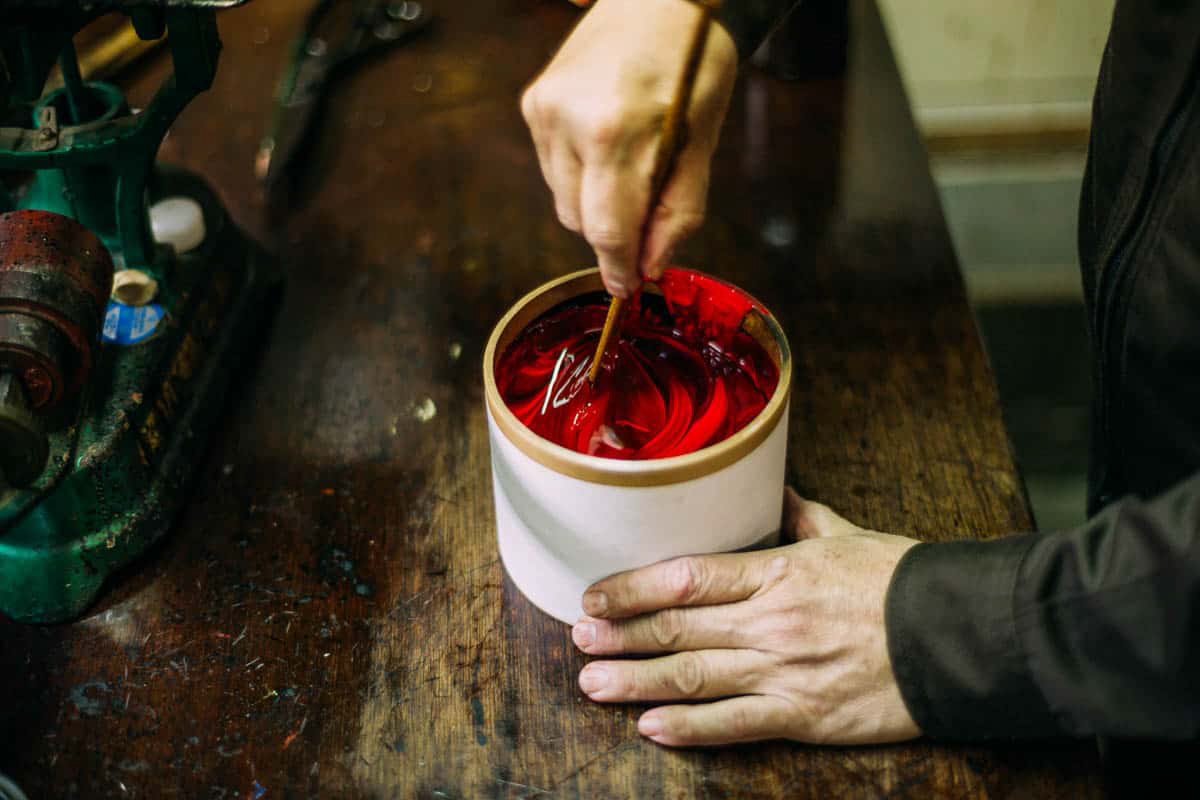
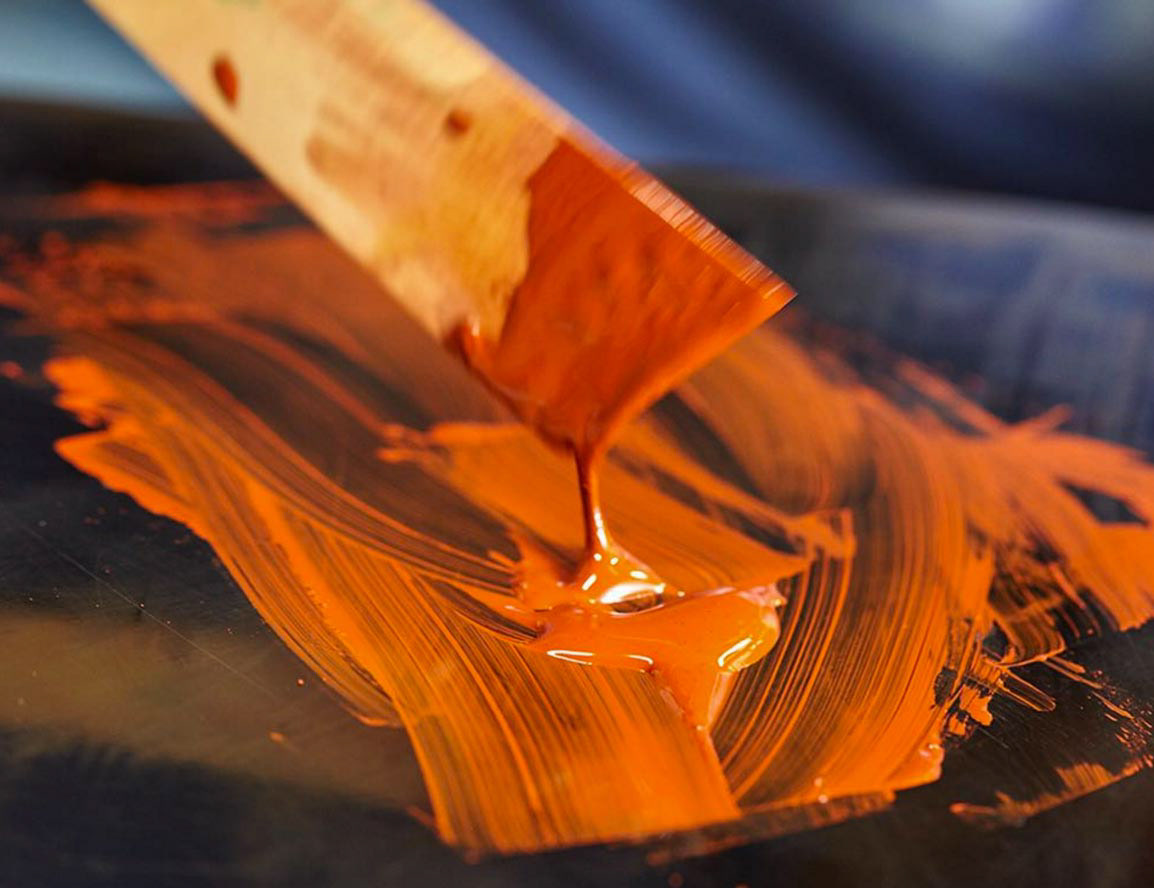
Japanese lacquer making process, Takaoka - 2010
THE DESIGN
The design process was done in collaboration with Japanese craftsmen and designers from the region of Takaoka, Japan. We were determined to find the right balance between functionality and beauty for his plate.
I found inspiration in traditional Japanese plates and explored different shape possibilities working with real scale mockups to test. After selecting the final shape I transfer results into sketches and 3D models to start working in production details and final measures.
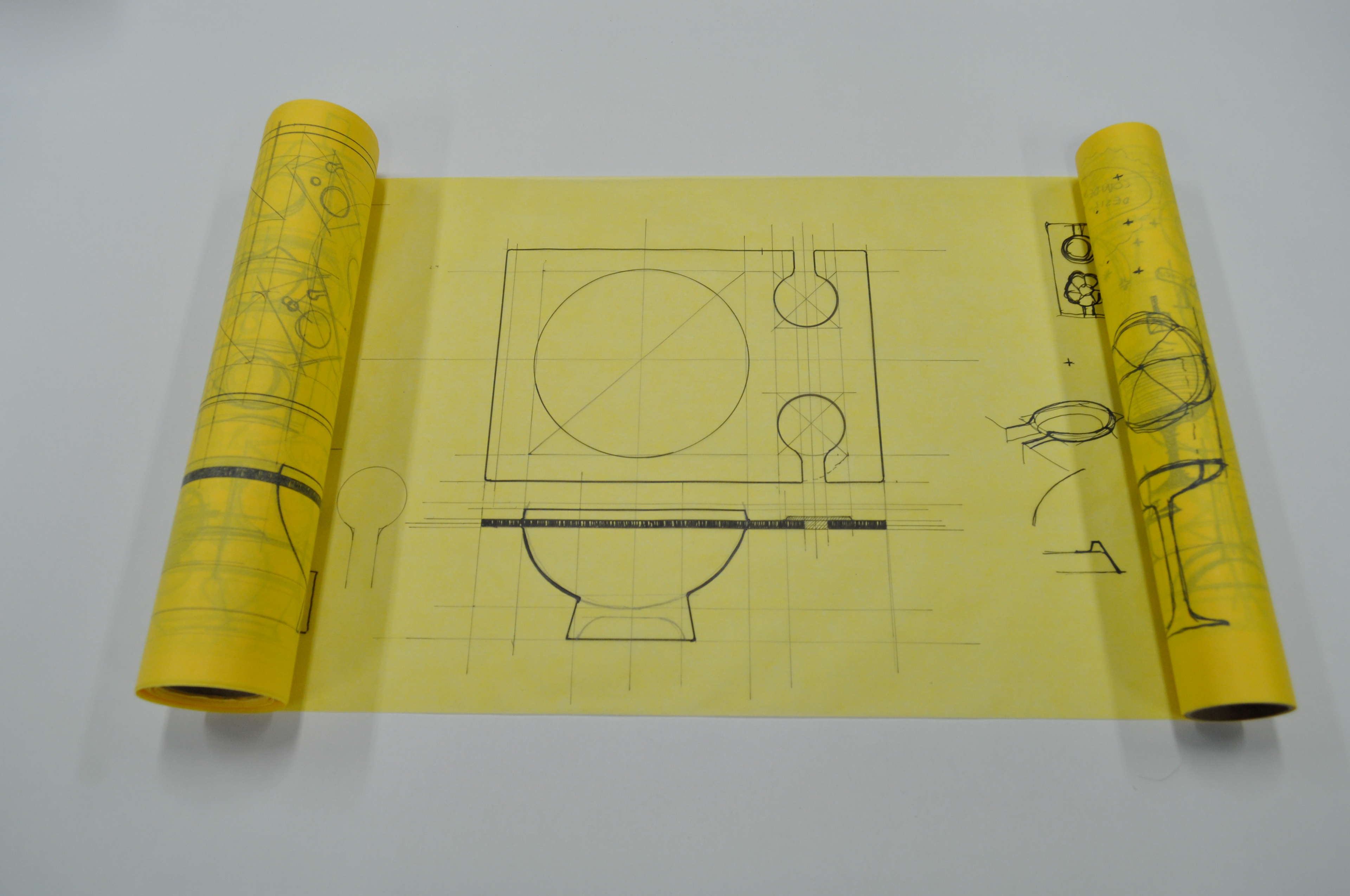
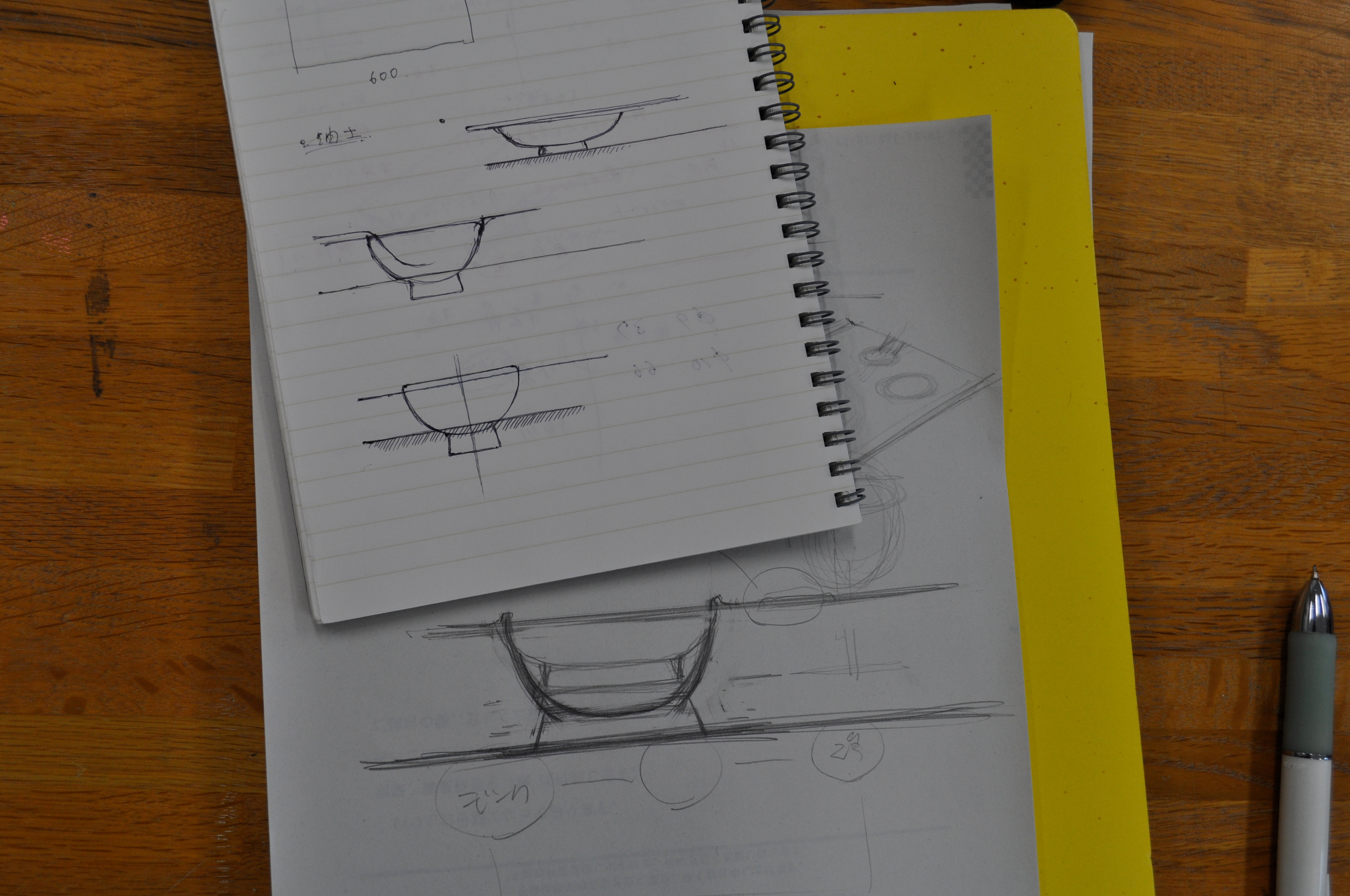

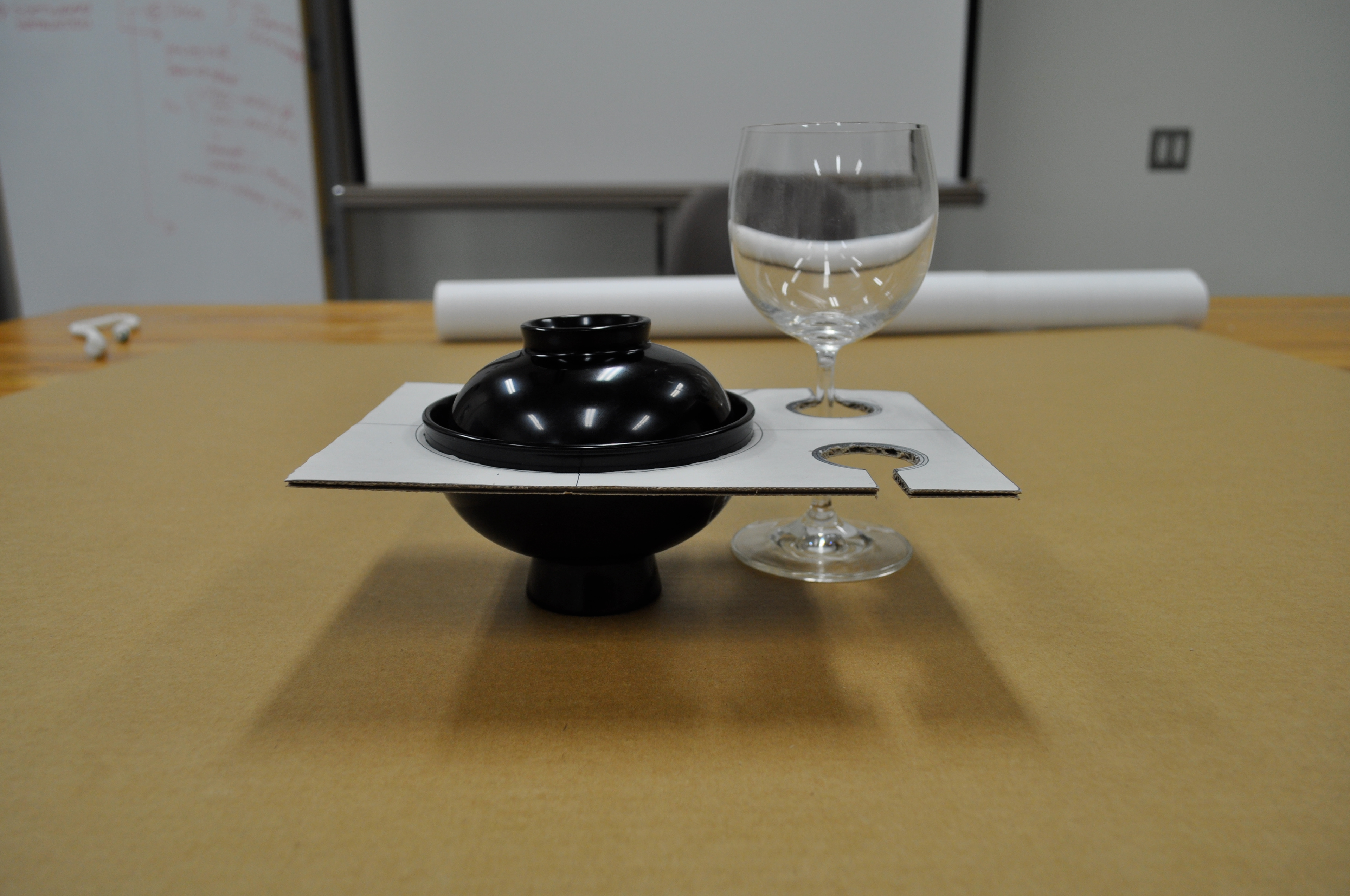

First sketches and mock-ups of the plate. Toyama university - 2010
THE PRODUCT
Elegantly crafted for both left and right handed people, Closer plates facilitate networking at reunions and cocktail parties. They are also ideal for road trips, camping and lazy Sundays on the couch. Whatever the occasion, Closer plates keep the conversation going. The dish features two cutouts -- one for the thumb and one for a wine glass, sake cup or small dip bowl -- so that libations are always close at hand. A hollowed-out bowl fits small appetisers and hors d'oeuvres perfectly.
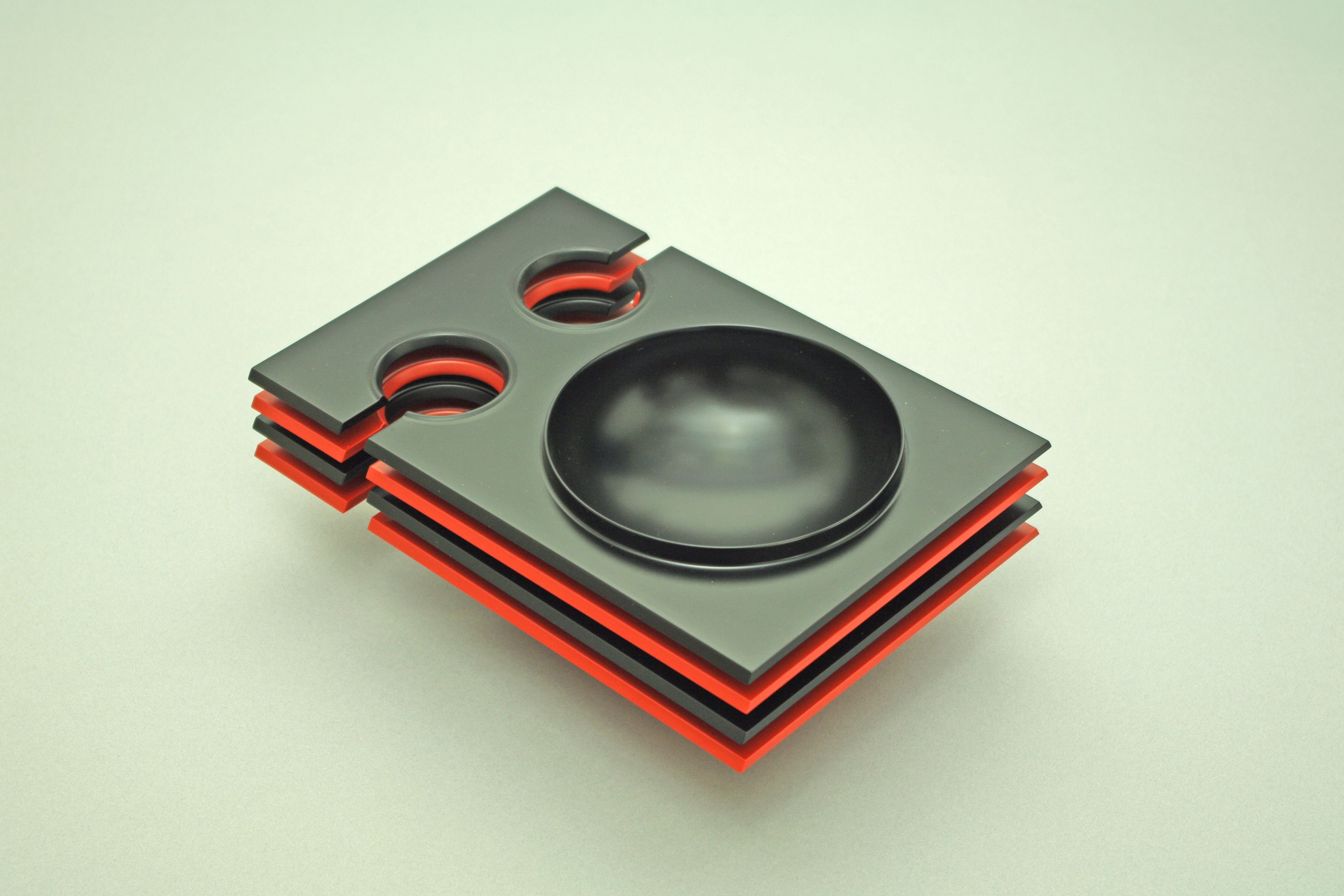
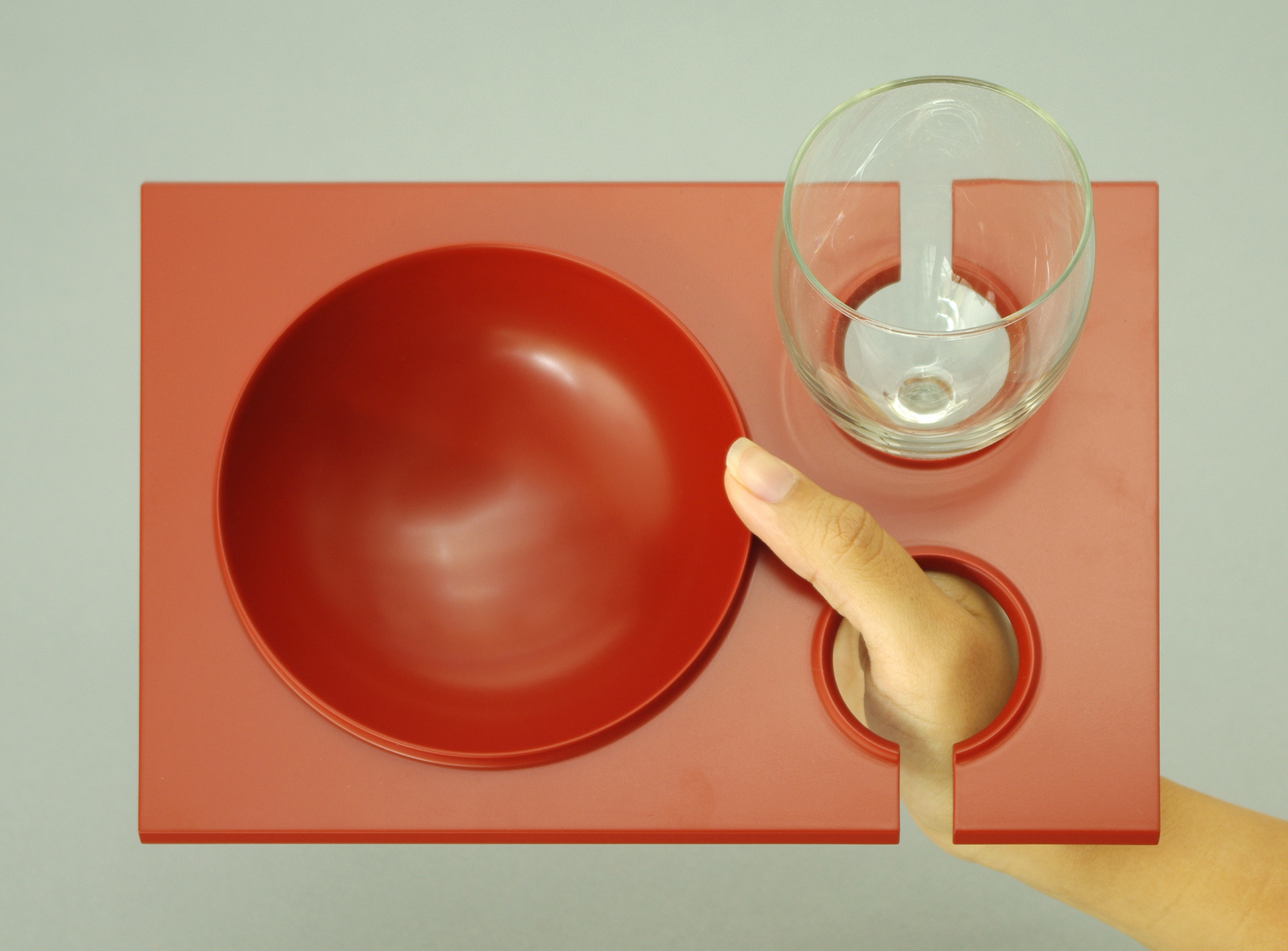
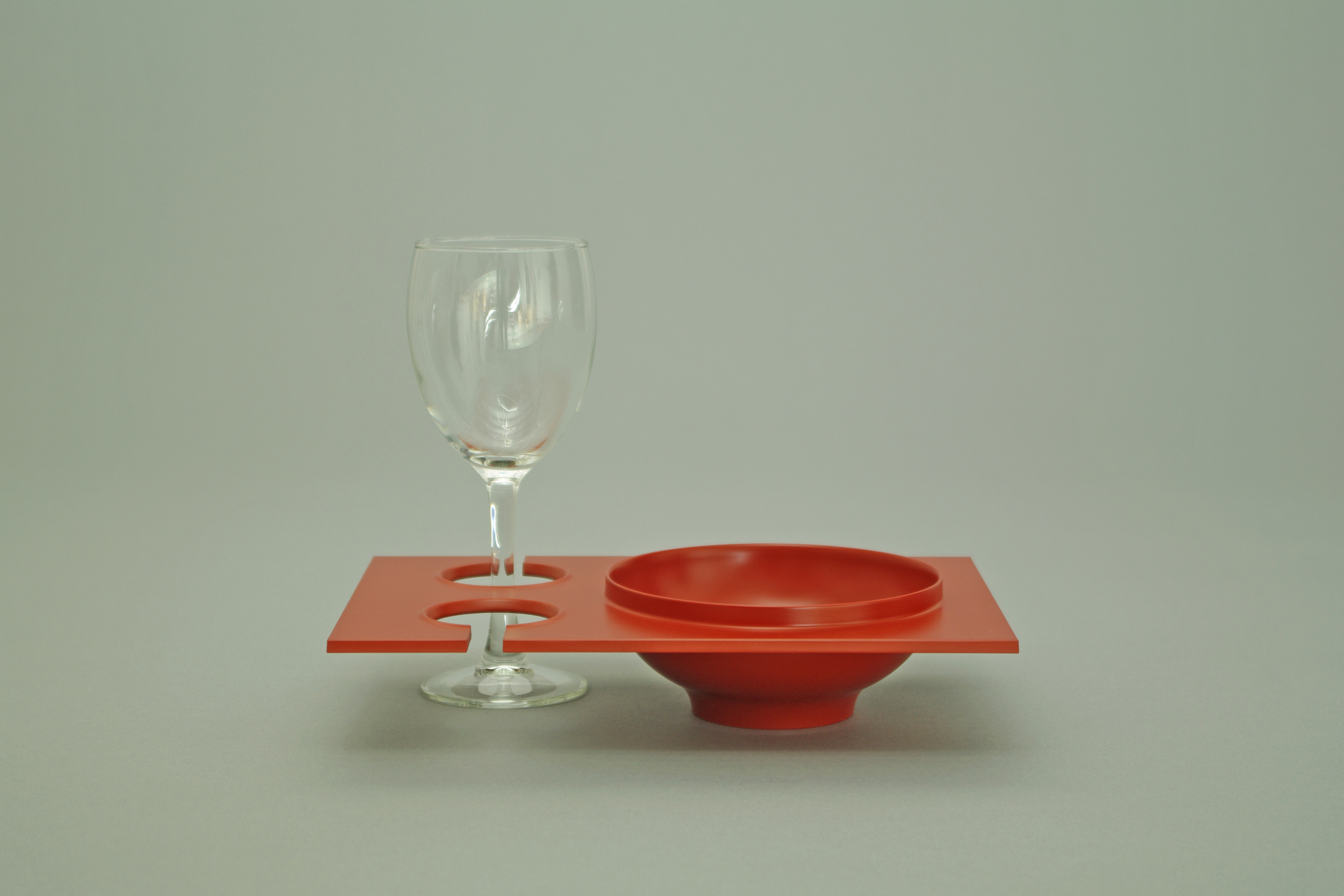
Closer plate - 2011
THE EXPERIENCE
Dinner parties are a traditional way to introduce friends to one another. Closer plates free partygoers from the confines of the traditional dining table and bring people together, encouraging mingling and conversation. Closer plate lets guests enjoy their food while giving them the freedom to move around the room and enjoy the company of other people. The plate functions much like an artist's palette, giving the user the required leverage to hold food and drinks with a single hand.
Inspired but tradiA plate designed for talking by literally putting the table into your hands in order to set you free for limits without taking out your personal space. Designed for left and right handed to enjoy eating, but created for people to start conversations and get closer.
Dinner party, Tokyo - 2011
THE PEOPLE
All my love and admiration for the alumni and faculty of Toyama University in Japan who inspired and collaborated in the development of this product.
Alumni Toyama university - 2010

